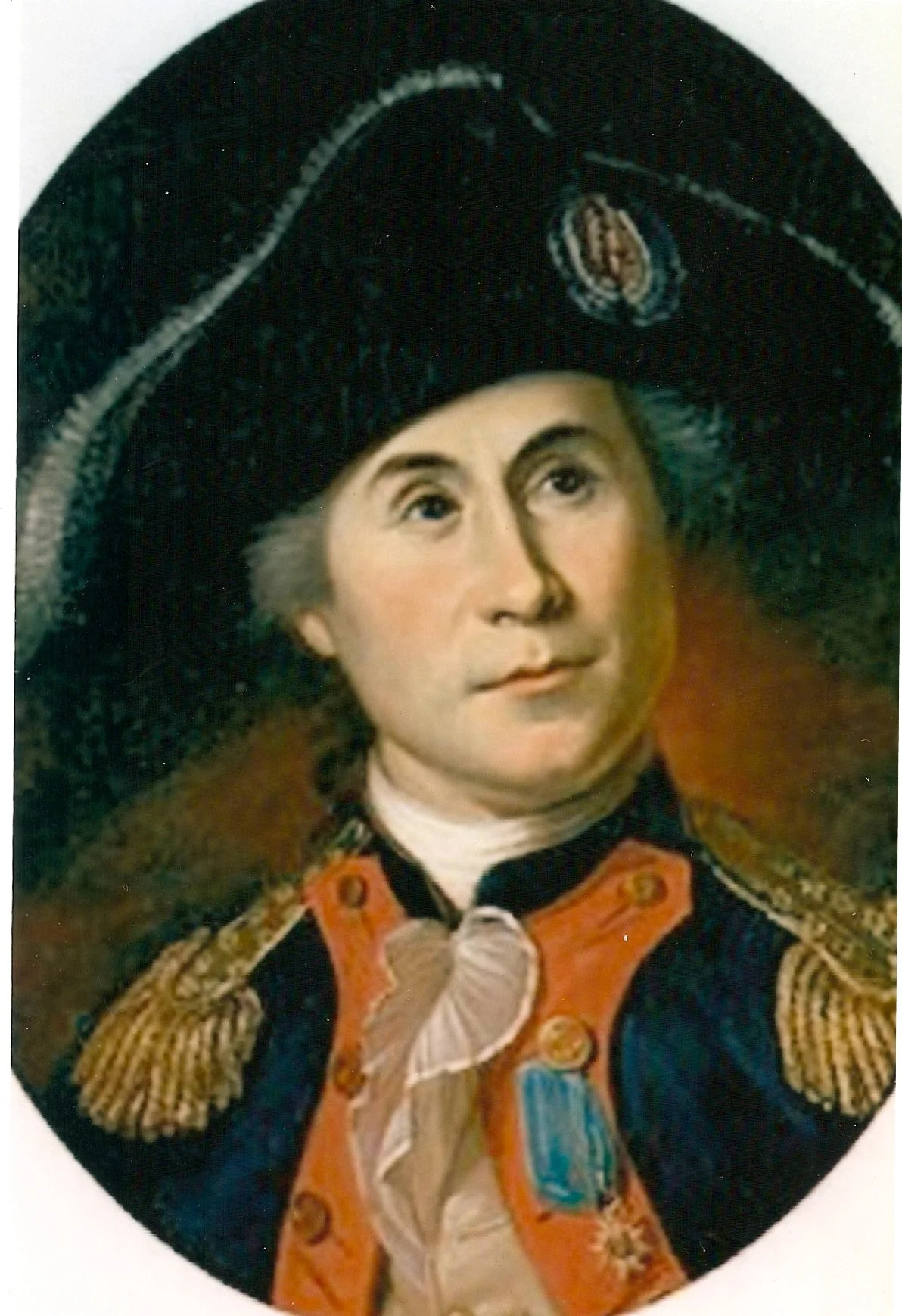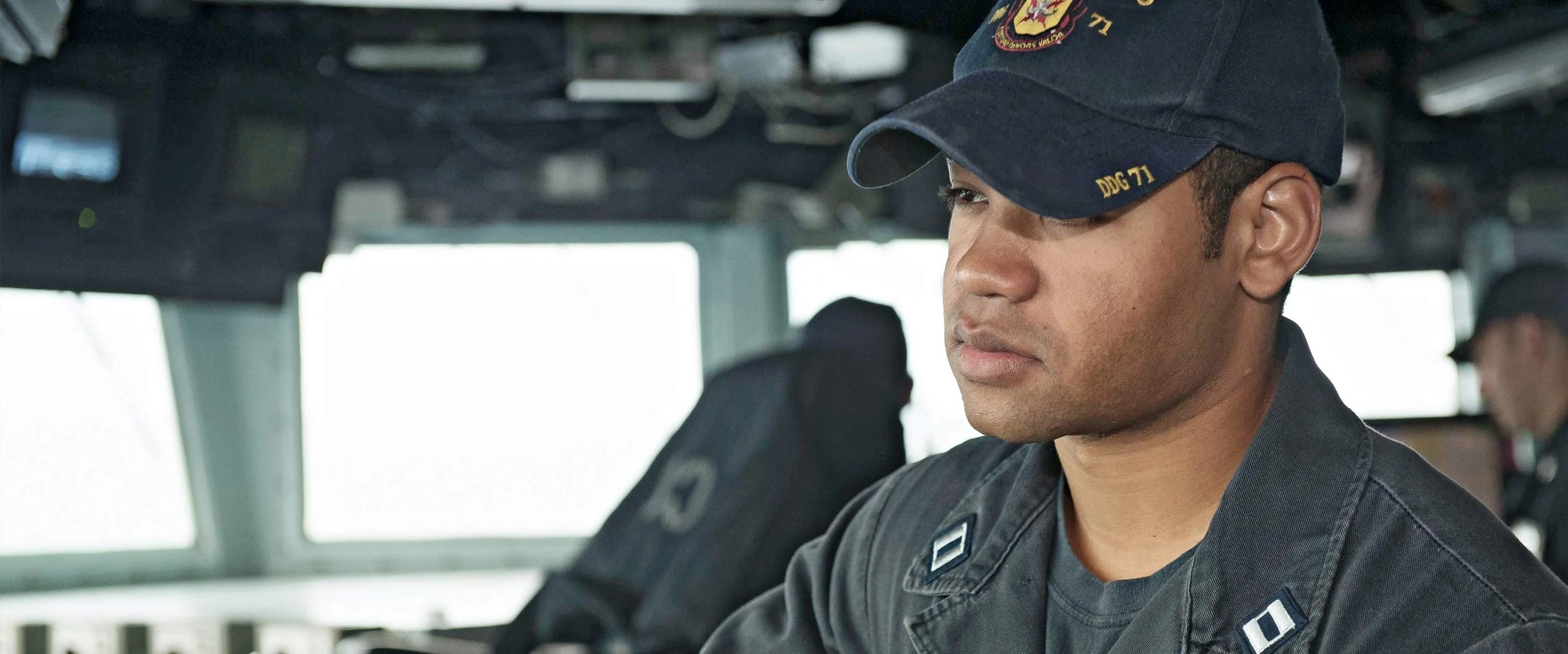Post 9t: Collision at Sea-What to do? Pt 3 Department Heads
Introduction
A Department Head can contribute to reliability on many levels. Overall, they decide which equipment and procedures are safety critical. Next they oversee the management of those systems and processes. Leading down, they can guide the High Reliability Organizing (HRO) development of junior officers. Leading up, they support the Commanding Officer by leading ship risk management.
Choose Safety Critical Systems
High Reliability Organizing (HRO) in a department starts with the Department Head (DH) deciding where to focus. HRO is all about focusing on what’s important: risks, processes, information, and outcomes. Identify what’s safety critical and *then* manage it with appropriate technical, procedural, and training rigor. Otherwise, you risk treating everything as important (very common, but still a bad idea).
Safety critical systems and processes are a special class. They present the greatest risk to the ship or operators if they fail, aren’t operated correctly, or aren’t maintained. They might be systems managed by a single department or shared between departments like steering and engine control, communications, and navigation. Some processes span the entire ship such as the underway watch organization (led by the Senior Watch Officer) or Damage Control (led by the Damage Control Officer). A DH could identify their responsible safety critical systems with input or not. What you select is less important than getting started.
Present your list to the department leadership and explain it. Tell them why you chose each system to introduce them to your HRO expectations. Choose one or two systems or processes for each division so you can guide the officers and Chiefs to better HRO thinking. Choosing the systems won’t be hard. Keeping the list short enough to manage will be. Otherwise, you’ll overwhelm people.
Would the leadership of JSM have managed the ship control system differently if they classified it as safety critical? The investigation reports give us no clue. One thing I do know: you have no chance of paying appropriate attention to the capabilities, limitations, operations, and casualty response of the steering system unless you formally recognize its critical role for ship safety.
The list of safety critical systems and processes and how you manage them must be kept up to date. Every maintenance period that adds or modifies major systems requires reviewing the list for new features to manage or vulnerabilities to protect. Once you have your list, you are ready for the next step of High Reliability Organizing (HRO): managing what’s safety critical.
Manage Safety Critical Systems
Processes and systems designated safety critical must be managed with technical rigor and formality. Nuclear operators have a mantra: if it isn’t documented, it didn’t happen or doesn’t exist. This applies to procedures, training, qualifications, operations, maintenance, and audits.
Technical rigor means that you have procedures for important operations like transferring steering control stations (which the JSM lacked). The procedures must be based on technical documentation. Ambiguity in technical documentation, such as the most reliable mode of steering control, is resolved with liaison with the technical authority in writing. Maintenance is based on technical manual requirements and deliberate decisions about levels of supervision necessary. All training, demonstrations of skill (sometimes called “practical factors”), and qualification standards are connected directly to technical documentation.
As I wrote in my Preoccupation with Failure post, formality means that there are documented and observable standards for operations, training, and administration. Formal operations include written procedures and standard commands and reports. Processes exist for changing, and approving procedures. The procedures are reviewed and updated based on a specific periodicity or situational factors like system upgrades. People are trained on the standards, take them seriously, and correct infractions they observe even among their peers. Audits evaluate adherence to the standards. As ADM Rickover observed, without audits, you only have goals, not standards.
The department head must be conscious of the risks they accept and shouldn’t let people accept risks on their behalf. They can do this by having a written policy for issues they need to be informed about. When risk exists, consider additional controls, typically procedures, supervision, and training. With clear standards for formality and rigor for safety critical systems and processes, DH must develop junior officers that are capable of practicing HRO with respect to what’s safety critical.
Guide Junior Officer HRO Development
Department Heads (DH) should make HRO part of junior officer development. While DHs are the final defense against serious accidents in their departments, they should develop junior officers to minimize “shots on goal.”
Ways DHs can guide HRO development of junior officers:
Being explicit about their expectations for technical knowledge: what systems to know and what to know about them. This could be as simple as a list or as detailed as a qualification card. In my experience, many junior officers arrive at a ship, are assigned a job, and then start doing it. This is not consistent with HRO.
Teaching them the purpose for identifying and managing safety critical systems and processes with special focus. Revising and reviewing in detail with divisional personnel the list of safety critical systems under their responsibility.
Having written standards for formality: writing and using procedures, notifying the department head of enumerated high risk evolutions (all should have procedures), conducting formal and informal risk assessments, etc.
Soliciting feedback about HRO practices. What needs to be improved?
Conducting the safety critical system audits described in the previous section, with checklists.
Having regular conversations with junior officers and Leading Chief Petty Officers about risk management that include: analysis of risks, the qualifications and experience of the personnel involved in upcoming events, active controls that will be in place, and the level of supervision that will be in place. Sometimes, the risk management interaction between a Division Officer and the Department Head starts with the Department Head asking “What’s your plan for X?”
Two crucial aspects of HRO development are carefully considering safety recommendations from junior officers and implementing them when possible. If a DH demonstrates that they don’t seriously consider the HRO ideas of junior officers (when not burdensome or inadequate), the primary mentoring lesson they’re giving is that the DH is a blockhead. The next task of the non-blockhead DH is leading ship-wide HRO.
Lead Ship Risk Management
In conjunction with the Executive Officer, Department Heads (DHs) should be the ship’s leaders for HRO. They should strongly discourage the CO from taking this role. The principles for being a leader in an organization’s HRO are: don’t wait to be told what to do, consult peers, practice risk management as if you were the CO, present plans to the CO for input, set JOs up for success, and systematically improve HRO performance.
Don’t wait to be told how to practice HRO. A DH should own HRO by assessing risks, developing risk management plans, consulting peers for feedback and buy-in, and presenting their plans more or less formally depending on the nature of the risk and how it affects other departments. Soliciting feedback could start with “This is my goal, these are the conditions, these are the risks I see, and this is what I am doing about them. What do you think?” (Klein, 2003, pp. 201-207).
* Klein, G. (2003). Intuition at Work, Doubleday.
Present risk management plans or recommendations to the CO. Don’t wait for them to be dictated to you. A common thread in disasters is the person at the top deciding they were the “smartest person in the room” for risk management. This only “works” until the day when, not if, the senior person proves they’re fallible (oops!). The CO of the JSM overruled three recommendations to station the Sea and Anchor Detail before entering the Traffic Separation Scheme.
Set junior officers up for success by knowing their capabilities and the details of the task situation. One of my main issues from the JSM-ALNIC collision investigations was that a person or persons unknown put the most recently qualified Officer of the Deck on watch to bring the ship into the traffic separation scheme at night. This put the entire ship at risk.
DHs must collect lessons to improve HRO in their department. In almost any human endeavor, learning quickly is a super power. Compare what you intended to do to what actually happened and seek to close that gap. Let the people closest to the work take the lead. This is hard to do well. If learning from mistakes and sub-standard performance were easy, it wouldn’t be a super power.
Conclusion
A ship’s or organization’s department heads have a profound influence on the HRO practices of the organization. They decide where to focus, how to put that focus into practice, guide the HRO development of junior officers, and take the lead for managing the safety of the ship. To paraphrase ADM Rickover, Department Heads must practice HRO as if their lives depended on it. Sometimes it does.
In my next post, I will describe some implications from the JSM-ALNIC investigation reports for Commanding Officers.



